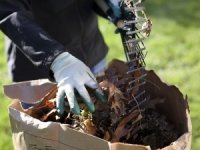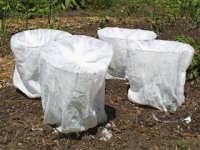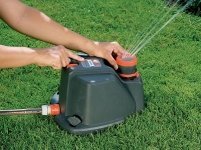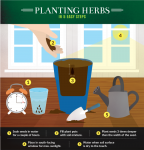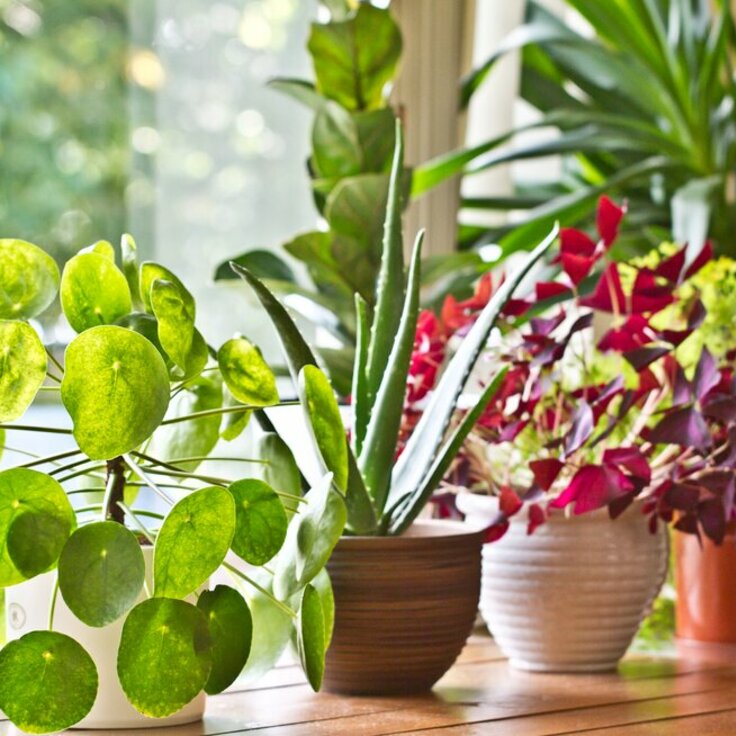Permaculture - Sustainable Gardening
Permaculture, or permanent agriculture combined with permanent culture, came about as a response to problems regarding unsustainable agricultural practices, the erosion of topsoil, overuse of water resources, and a break in the lifecycle of our ecosystem, among other things. Permaculture is a way for man to mimic nature in developing natural, workable, edible ecosystems. The idea is to take what is learned from nature and put it to work in your own landscape, whether you have a small yard or lots of acreage.
Permaculture involves looking at the whole system and how each part interrelates to the other parts. It's about finding and fixing the weak links or problems in a sustainable way without using fossil fuels. Diversity and low input are important in permaculture gardening.
Permanent agriculture, or permaculture, uses a zone concept. The more activity that an area requires, the closer to the house that zone should be. For instance, Zone 1 is closest to the house and should be herbs or vegetables that are often picked. The farthest zone, depending on the size of the land you are working, can be trees or even a forest.
If you look at a forest, you will note the "stacking" done by nature. This can be consciously repeated by humans. The stacking starts with tall fruit trees which is the canopy, to dwarf trees, to shrubs, to herbs, then root vegetables, and lastly down to ground cover such as strawberries. From observing nature, you can create guilds, which are combinations of the stacking that work well together. For example, Native Americans planted a guild of corn, squash, and beans.
Permaculture also asks plants and trees to provide more than one function. For instance, an apple tree provides:
shade for smaller, shade-loving plants,
shade for its roots, which means less water will be required,
a resting or nesting spot for birds, who in turn fertilize the earth,
apples for humans and wildlife to eat,
dead leaves that fall to the ground and compose, helping to replenish the soil,
twigs for fire
Give thought to tearing up your water consuming lawn to grow food for human and/or wildlife consumption. Traditional ways of growing can be pretty labor-intensive and may need chemicals to sustain them. When a permaculture landscape gets going and starts to mature it becomes a much less time consuming way to garden. Plus it sets the plants up with a much more natural way of fertilizing. Following permaculture practices is also a way to close the ecosystem loop and become more sustainable.

